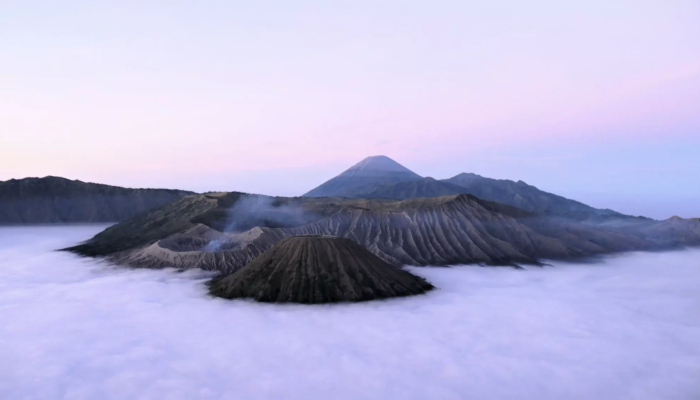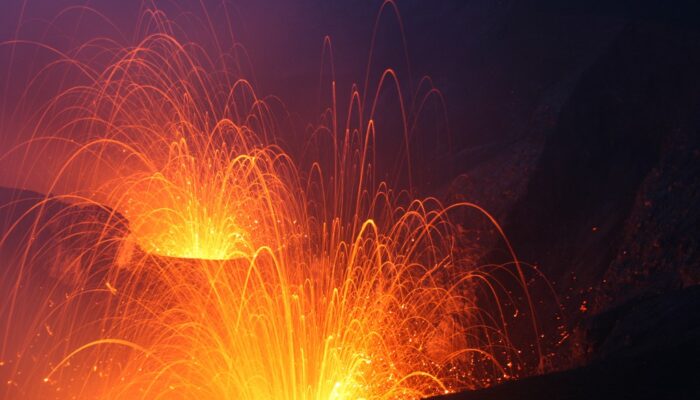On 20 October 2023, a team of geoscientists will host EGU’s Geoscience Day in Santorini and Nisyros (Greece) with a diverse audience: 60 young students from Nisyros Elementary School, 120 students from the Vocational High School of Santorini, educators, local journalists and representatives of the tourism industry. With such a mixed group of attendees, one might expect unique challenges that ...[Read More]
GeoTalk: Meet Valeria Cigala, the Natural Hazards Division’s Early Career Scientist Representative

Hello Valeria, thank you for talking with us today! Could you tell us a bit about yourself? Hi Simon, I’m delighted to talk with you today; thank you for the opportunity! I originally come from Italy, and I work as a postdoc researcher at Ludwig-Maximilians-Universität (LMU) Munich, in Germany, in experimental and physical volcanology. In particular, I’m working on my DFG funded projec ...[Read More]
Imaggeo on Mondays: Mount Bromo – volcanic deity

Featured in this photo, rising out from a sea of violet fog at dawn, is one of Indonesia’s most iconic volcanoes, Mount Bromo. The mountain is a large volcanic crater, also known as a caldera, which formed when an ancient cone volcano collapsed in the late Pleistocene and early Holocene epochs, between 126,000 and 8,300 years ago. The current structure stands at 2,392 metres in the eastern region ...[Read More]
Imaggeo on Mondays: Double strombolian explosions at Mt. Yasur volcano

The Yasur volcano located in Vanuatu archipelago is permanently active since its discovery in 1774 by Cpt. James Cook. Its activity consists mainly in moderate regular strombolian explosions within the crater. But sometimes, more powerful explosions throw ash and bombs beyond the crater rim and may represent a hazard for tourists and people living next to the volcano. Otherwise, the Mt Yasur displ ...[Read More]

